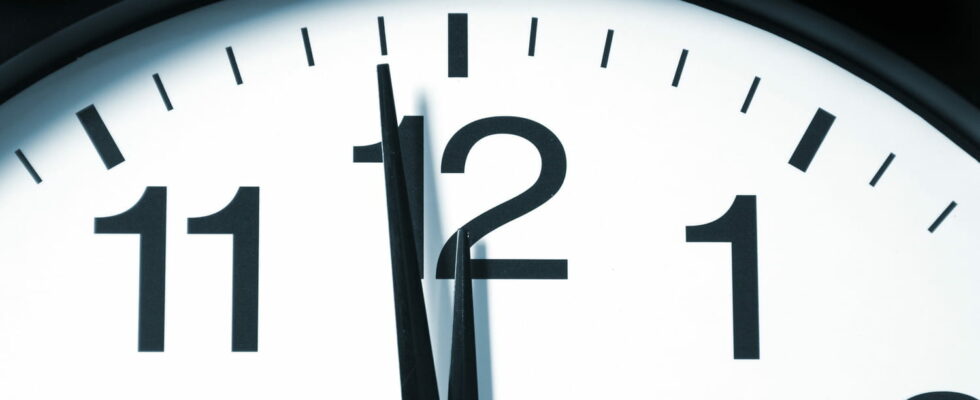Scientists have developed an atomic clock that can measure time more quickly.
On a macroscopic scale, in a world where objects and phenomena are large enough to be directly observed or measured, our mechanical quartz or digital clocks are ideal. With a “tick-tock” resonating nearly 86,400 times per day, they are however far from atomic clocks, capable of reaching 9,192,631,770 chimes per second.
Created in 1950, these clocks measure time with a precision never before seen. To do this, they take advantage of changes in the state of atoms. The latter, under the effect of lasers or waves, mark extremely precise time intervals. They are therefore based on atomic resonance frequencies, which are much more stable and regular than those of pendulum clocks whose oscillation serves as a reference to divide time into equal intervals.
On the other hand, at the quantum scale, the concepts of “past” and “present” become blurred, because quantum particles, like electrons, do not always follow predictable trajectories, with a start and an end. In 2022, researchers from Uppsala University in Sweden therefore decided to carry out a study to find a potential solution to this quantum fog.

For this, they were particularly interested in the state of Rydberg. Concretely, for an atom to enter this state, the electron must be moved away from its nucleus via a laser. The electron then occupies a very high energy orbit, documented by another ray, responsible for monitoring its movements. This “pump-probe” technique aims to measure ultra-rapid phenomena using ultra-brief laser pulses. This makes it possible to monitor changes in the position of the electron and coincidentally the passage of time.
In fact, it’s a bit the same principle as the game of roulette, where each throw corresponds to a unique attempt. Here, the mixing of waves generated by the electrons creates interference and generates singular ripples. These kinds of “fingerprints” were analyzed by physicists who concluded that they were sufficiently coherent and reliable to serve as quantum timestamps, a method of measuring time based on quantum phenomena.
